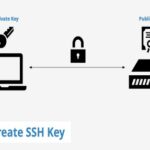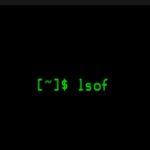A certificate in Linux is an authentication document that proves a user’s or service’s identity over an encrypted channel. The certificate contains a public key and other information about the owner, such as their name and address, which can be verified by the recipient. Certificates are created by a Certificate Authority (CA) and are used to secure communication between two parties. They can be identified by their file extension, usually .crt or .pem.
In Linux, SSL/TLS certificates are used to encrypt network traffic and to verify the identity of a website or other services. A TLS (Transport Layer Security) certificate is a digital document that securely binds an organization’s identity with a cryptographic key. The key is used to encrypt data transmissions between a server and a client, such as a web browser. The TLS certificate also enables server authentication and helps to ensure that data transmitted between two parties is secure and cannot be modified by a third party. The certificate is signed by a Certificate Authority (CA) which verifies that the organization behind the certificate is legitimate. When a TLS connection is established, the client will check the certificate for its validity and check the CA’s signature to make sure it hasn’t been tampered with. If everything checks out, the client will accept the certificate and establish the encrypted connection.




